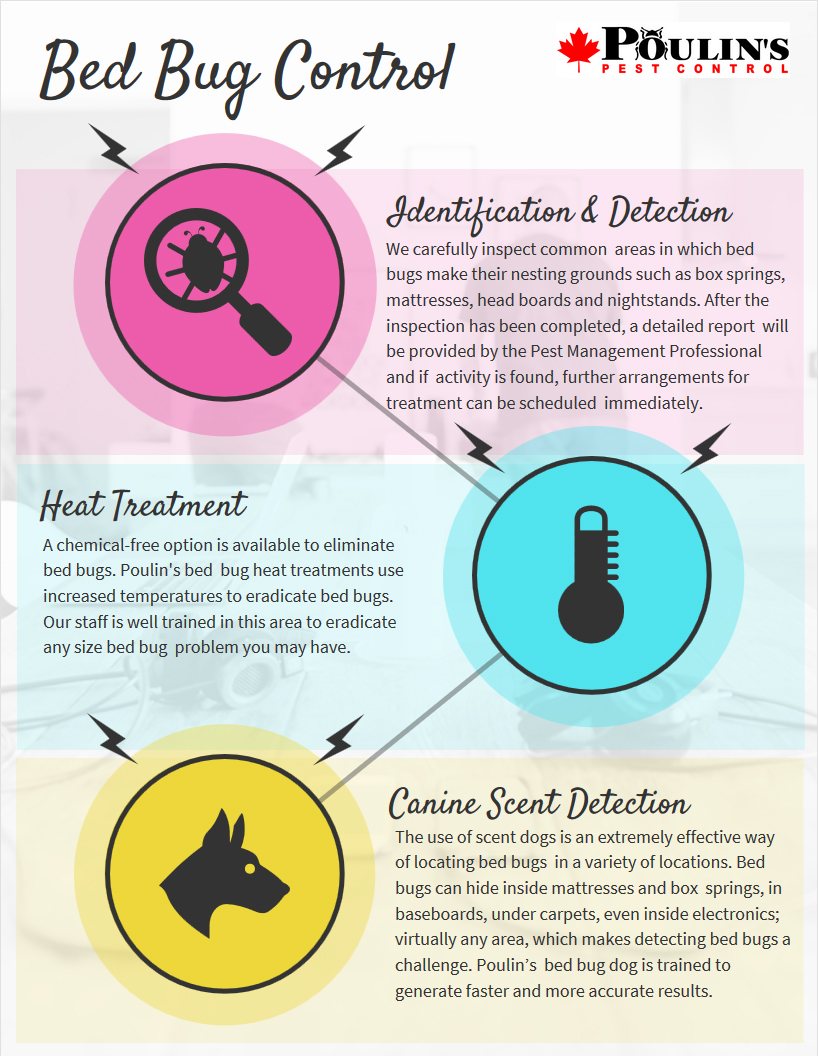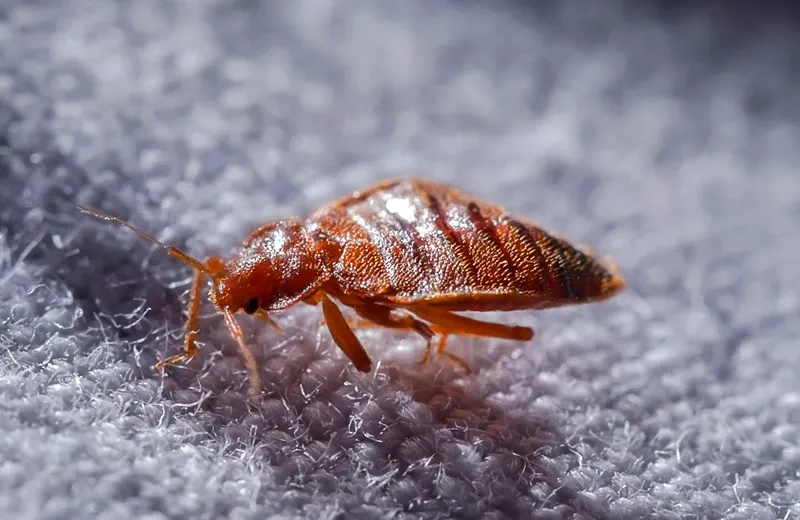Ideal Kings Pest Control Cincinnati: Top-Rated Pest Control Experts
Wiki Article
Kinds of Bug Control: Which Method Is Right for Your Infestation?
When encountered with a parasite invasion, the choice of an appropriate approach for parasite control is important in successfully handling the situation. By discovering the different types of insect control techniques readily available, people can make educated decisions tailored to their unique scenarios, guaranteeing a more sustainable and effective outcome in insect removal.Chemical Pest Control
Chemical insect control includes using synthetic or naturally derived chemicals to handle and eliminate pest populaces successfully. This approach is frequently used in farming, forestry, and residential settings to deal with a variety of bugs, consisting of rats, weeds, and bugs. Using chemical pesticides can offer fast and targeted solutions to pest infestations, making it a popular selection for lots of individuals and services.Among the essential benefits of chemical insect control is its capacity to promptly eliminate bugs, reducing the threat of damage to plants, building, and human health. By utilizing details chemicals that target certain pests, this technique can properly regulate infestations while reducing harm to valuable organisms and the environment when applied properly.
Nevertheless, the usage of chemical bug control additionally elevates concerns about potential unfavorable impacts on non-target types, water sources, and human wellness. It is important to comply with security standards, apply chemicals responsibly, and consider alternative bug control techniques to lessen these dangers and make sure lasting insect monitoring techniques.
Organic Bug Control
Organic bug control, likewise called biocontrol, makes use of living microorganisms to decrease and manage pest populations normally. This approach takes advantage of the power of nature to manage bugs without the demand for artificial chemicals. Biocontrol can entail the intro of natural enemies of the parasite varieties, such as microorganisms, parasites, or predators, to reduce insect populations. By making use of the parasite's natural predators or virus, biological parasite control uses a sustainable and eco friendly service to pest management.
Mechanical Insect Control
Using physical and manual approaches to manage parasite populaces, mechanical parasite control uses a different strategy that does not count on the usage of living microorganisms or artificial chemicals. This technique includes the usage of barriers, catches, or various other gadgets to physically hinder or eliminate parasites. By obstructing bug entrance points or establishing traps to catch them, mechanical pest control can effectively reduce problems without introducing chemicals into the atmosphere.One common instance of mechanical parasite control is making use of mesh screens on doors and windows to avoid pests from going into buildings. This simple yet reliable technique acts as a physical obstacle, keeping pests out while permitting for proper air flow. Furthermore, devices like mousetraps, fly swatters, and ultrasonic repellents drop under the mechanical bug control group.
While mechanical bug control methods can be labor-intensive and call for regular tracking and upkeep, they provide a ecologically friendly and sustainable solution for handling pest invasions. By combining different mechanical strategies, building owners click here to find out more can develop an extensive parasite control technique that decreases reliance on chemical pesticides.
Physical Pest Control

Some typical physical bug control techniques include making use of barriers such as displays or internet to avoid bug entrance, traps to record and eliminate bugs, and hand-picking to physically remove parasites from plants or frameworks. Furthermore, techniques like heat therapies can be utilized to control parasites like bed pests by increasing the temperature to degrees that are dangerous to the pests.
Physical bug control is especially useful in incorporated insect management (IPM) approaches, where multiple parasite control techniques are combined for reliable insect management while decreasing using chemicals. By using physical insect control strategies, individuals can efficiently resolve insect problems with very little environmental influence.
Integrated Insect Monitoring
When executing physical pest control techniques as component of insect management techniques, Integrated Parasite Administration (IPM) becomes a detailed approach that leverages different techniques to efficiently manage pest populaces. IPM focuses on lasting avoidance of pests through a mix of biological, social, physical, and chemical tools tailored to specific parasite problems. By integrating multiple control techniques, IPM intends to reduce the dangers related to parasites while also minimizing dependence on chemical services.One secret aspect of IPM is the emphasis on monitoring and evaluating pest populaces to determine the most proper control approaches. This Check This Out aggressive method enables very early intervention and targeted strategies, resulting in a lot more reliable parasite management. Furthermore, IPM advertises eco pleasant practices by focusing on non-chemical control methods and only utilizing pesticides as a last resort.
Final Thought

By utilizing the pest's natural killers or virus, biological bug control supplies a environmentally friendly and lasting option to pest monitoring. - Kings pest control cincinnati oh
Utilizing hands-on and physical techniques to take care of parasite populations, mechanical pest control supplies a different method that does not rely on the usage of living organisms or artificial chemicals.A reliable strategy to managing bug populaces without counting on chemical or biological methods involves the use of physical insect control techniques.When executing physical insect control approaches as component of insect monitoring approaches, Integrated Parasite Monitoring (IPM) arises as a detailed technique that leverages numerous methods to successfully manage pest populations. click this site Chemical insect control involves the usage of chemicals, biological pest control utilizes all-natural killers, mechanical bug control includes physical barriers, physical parasite control consists of trapping or getting rid of bugs, and integrated pest monitoring incorporates several methods for an all natural strategy to pest control.
Report this wiki page